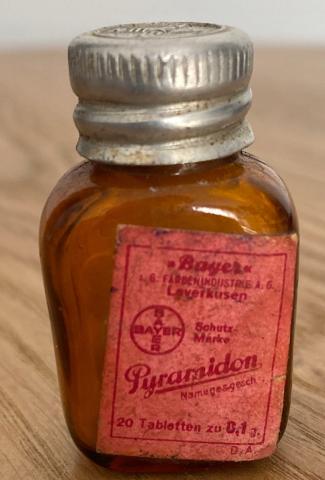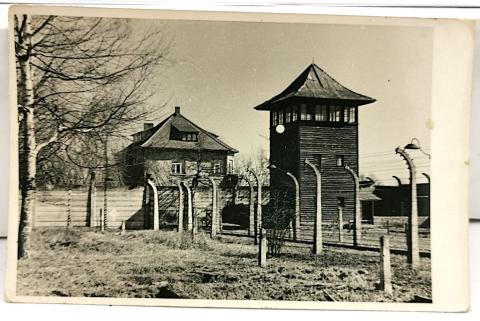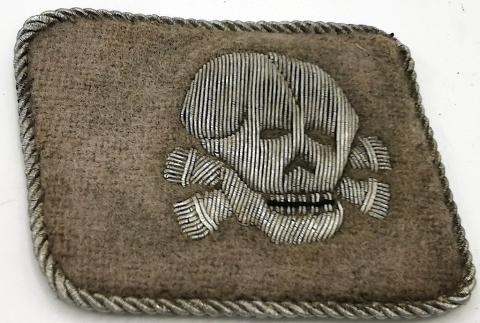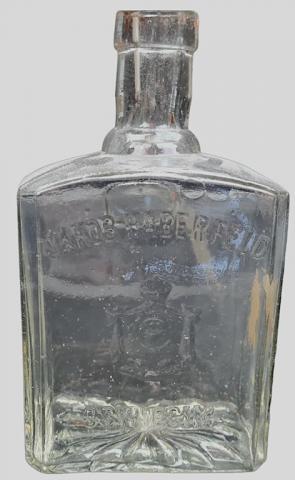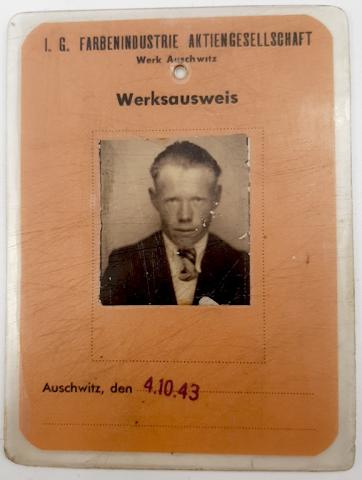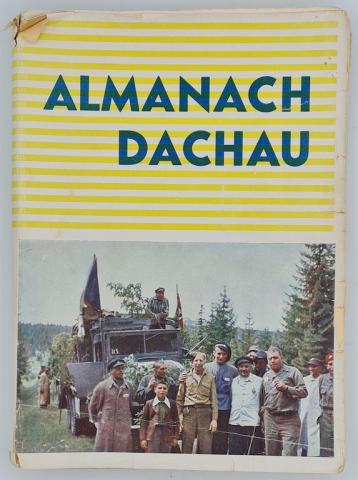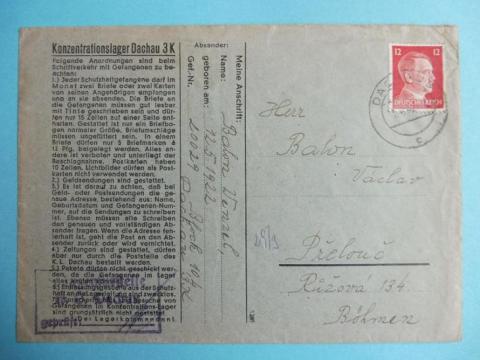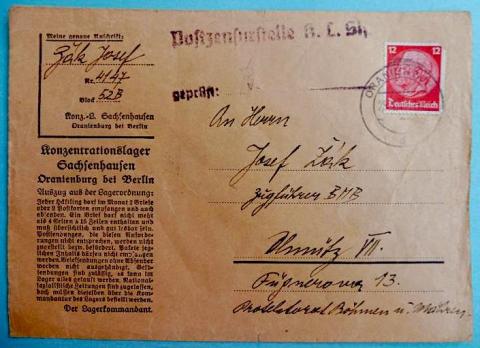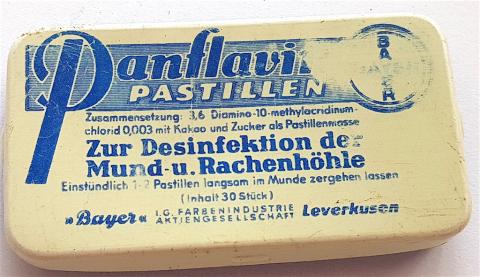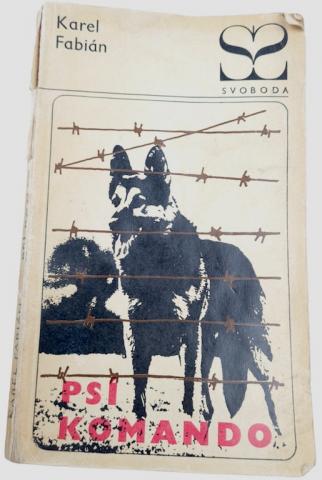Auschwitz III Monowitz IG Farben Industrie BAYER drug bottle forced labor Holocaust
Auschwitz III Monowitz IG Farben Industrie BAYER drug bottle forced labor Holocaust
Product
Auschwitz III Monowitz IG Farben Industrie BAYER drug bottle forced labor Holocaust
due to recent ceased by customs for similar items, this bottle will be SHIPPED EMPTY.
